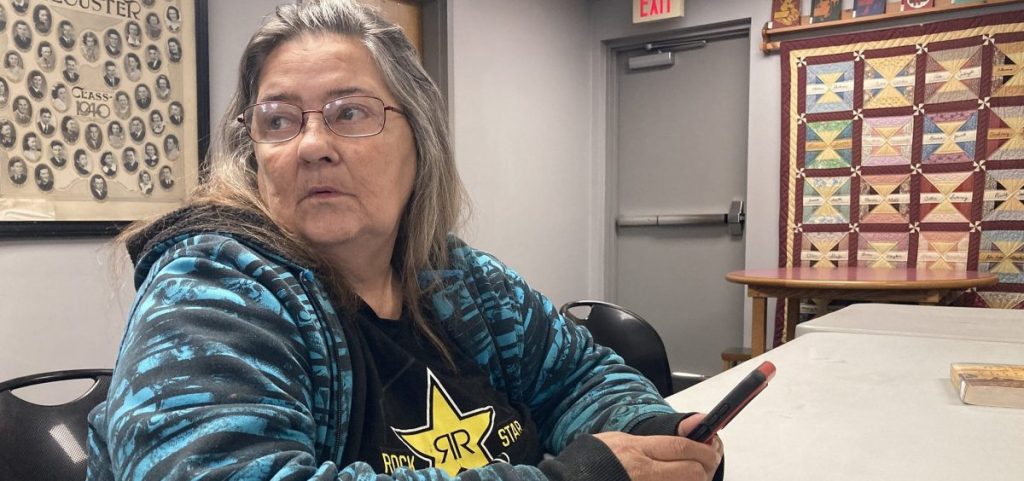News
Low-income residents face challenges as the SNAP expansion ends
By: Theo Peck-Suzuki | Report for America
Posted on:
GLOUSTER, Ohio (WOUB/Report for America) — Expanded SNAP benefits put in place during the COVID-19 pandemic are ending this month throughout the United States.
The rollback comes at a bad time for low-income families in southeast Ohio.
Although COVID restrictions are mostly gone, prices at the grocery store remain stubbornly high due to inflation and persistent supply chain issues.
The expanded SNAP benefits helped residents manage those extra costs. Now that they’re gone, there’s nothing to fill the gap.
Glouster resident Connie Spears is on disability and has been taking care of four grandchildren since they were babies. She insisted that her kids would have food, “one way or the other.”
But the loss of benefits means she may have to fall back on a strategy familiar to many low-income parents.
“I can go a couple days without eating nothing,” she said. “Just as long as my kids can have something to eat.”
Spears, whose heart condition prevents her from working, said she’s done that on and off for most of her life.
“I’m just so used to it, I don’t even feel like I get hungry anymore,” she said.
Even before the pandemic, Spears struggled to make food last from one payment to the next.
That all changed when her benefits increased.
“When they went up, I just started going shopping – I went shopping each month, and I just kept doing it each month until I got my cabinets and my deep freeze clear full,” she said.
Now, things are changing again.

Consequently, individuals on SNAP will go from receiving $280 a month to $23 dollars a month. Three-person households will drop from $740 to $180, and larger households will lose $95.
Hocking Athens Perry Community Action program specialist Katherine Curfman said that will be devastating for low-income residents.
“Take away a couple hundred dollars, and now they’re having to take money away from their utilities, their medications and childcare and things like that,” she said.
That’s already been the case for Spears, even with the expanded benefits. For her, an extra $3 on a 10-pound bag of potatoes can pose a real problem.
“You pull that three dollars, put ’em on that bag of potatoes, that’s leaving you out of getting something else,” she said.
Those calculations are now becoming even more difficult.
According to Curfman, 70% of SNAP recipients are either working or seniors. The reason they’re struggling despite the end of pandemic restrictions is not because they haven’t gone back to work. It’s that food is more expensive now.
Curfman said she regularly gets asked what residents can do to prepare for the reduction in SNAP benefits. It’s not an easy question for her to answer.
“There’s no good solution,” she said.
The Southeast Ohio Food Bank estimates that the decrease in benefits will cost its service territory $4.5 million each month.
That, in turn, will significantly increase the pressure on the food bank itself, which has already been facing its own shortages for several months.
Curfman said the food bank was never meant to serve as a regular source of groceries. That’s what SNAP is supposed to do.
Despite the challenges ahead, Spears only plans to use the food bank as a last resort.
“I know there’s more people that’s not as fortunate as we are, that probably needs it worser than I do,” she said.

